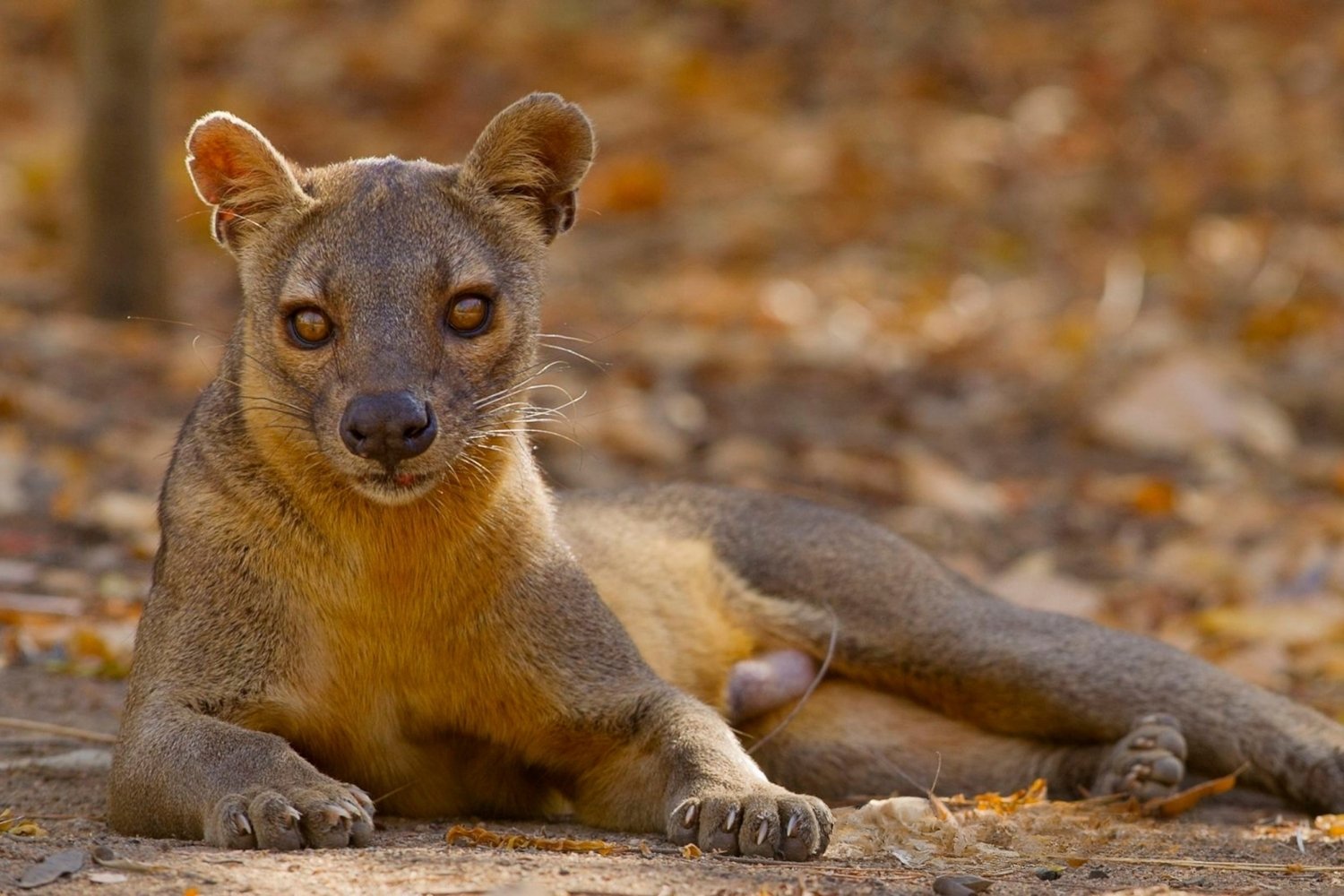
What is a fossa? The fossa is a unique carnivorous mammal native to Madagascar. Resembling a mix between a cat and a mongoose, this predator is the island's largest carnivore. Fossas are known for their agility and strength, making them formidable hunters. They primarily prey on lemurs but will also eat birds, reptiles, and small mammals. Despite their cat-like appearance, fossas are more closely related to the mongoose family. These creatures are solitary and have a keen sense of smell, aiding them in tracking prey. Unfortunately, habitat loss and hunting have placed the fossa on the endangered species list. Understanding these fascinating animals helps in efforts to protect them and their unique ecosystem.
What is a Fossa?
The fossa, a unique creature native to Madagascar, often intrigues animal enthusiasts. This carnivorous mammal resembles a mix between a cat and a mongoose, making it a fascinating subject. Let's dive into some intriguing facts about this elusive animal.
- The fossa is the largest carnivorous mammal in Madagascar.
- Despite its cat-like appearance, the fossa is more closely related to the mongoose.
- Fossas have retractable claws, similar to those of a cat.
- Their scientific name is Cryptoprocta ferox, meaning "hidden anus" due to their concealed anal pouch.
- Fossas can grow up to 6 feet long, including their tail.
- They weigh between 15 to 26 pounds.
- These animals are solitary creatures, preferring to live and hunt alone.
- Fossas are excellent climbers, thanks to their semi-retractable claws and flexible ankles.
- Their diet mainly consists of lemurs, birds, and small mammals.
- Fossas have a unique mating system where females mate with multiple males over several days.
Fossa's Habitat and Behavior
Understanding the habitat and behavior of fossas can provide deeper insights into their lives. These animals have adapted well to their environment, showcasing some remarkable traits.
- Fossas inhabit Madagascar's forests, from rainforests to dry deciduous forests.
- They are primarily active during the day, but can also be nocturnal.
- Fossas mark their territory with scent glands located on their chest and under their tail.
- They communicate through vocalizations, body postures, and scent markings.
- Fossas have a gestation period of about 6 to 7 weeks.
- Females give birth to 2 to 4 cubs, which are born blind and helpless.
- Cubs stay with their mother for about a year before becoming independent.
- Fossas can live up to 20 years in captivity, though their lifespan in the wild is shorter.
Conservation Status and Threats
Fossas face numerous threats in the wild, making their conservation status a topic of concern. Learning about these challenges can help in understanding the efforts needed to protect them.
- The fossa is classified as a vulnerable species by the International Union for Conservation of Nature (IUCN).
- Habitat destruction due to deforestation is the primary threat to fossas.
- They are also hunted by humans who view them as a threat to livestock.
- Conservation efforts include habitat protection and education programs for local communities.
- Fossas play a crucial role in maintaining the balance of Madagascar's ecosystem by controlling the population of their prey.
Fascinating Fossa Facts
Beyond their basic biology and conservation status, fossas have some truly fascinating characteristics that set them apart from other animals.
- Fossas have a unique ankle joint that allows them to climb down trees headfirst.
- They are one of the few predators capable of hunting lemurs, which are agile and quick.
These facts highlight the fossa's unique place in the animal kingdom and the importance of efforts to protect this remarkable species.
Fascinating World of Fossas
Fossas are truly unique creatures. These agile predators, native to Madagascar, are often mistaken for cats but are actually more closely related to mongooses. With their retractable claws and flexible ankles, they can climb trees with ease, making them formidable hunters both on the ground and in the trees. Despite their impressive skills, fossas face threats from habitat loss and hunting, putting their population at risk.
Understanding these animals helps us appreciate the biodiversity of Madagascar and the importance of conservation efforts. By protecting their habitats, we ensure that future generations can marvel at these incredible creatures. So next time you think of Madagascar, remember the fossa and its vital role in the ecosystem. Let's do our part to protect these fascinating animals and their home.
Was this page helpful?
Our commitment to delivering trustworthy and engaging content is at the heart of what we do. Each fact on our site is contributed by real users like you, bringing a wealth of diverse insights and information. To ensure the highest standards of accuracy and reliability, our dedicated editors meticulously review each submission. This process guarantees that the facts we share are not only fascinating but also credible. Trust in our commitment to quality and authenticity as you explore and learn with us.
